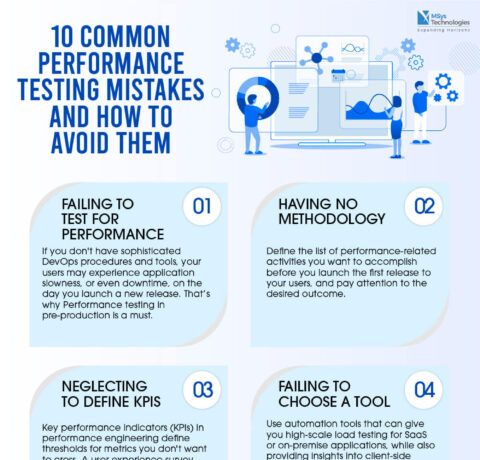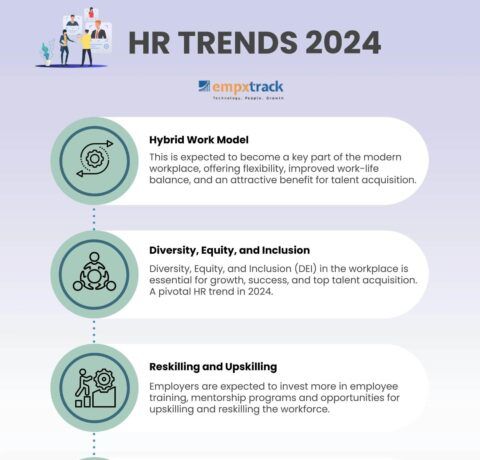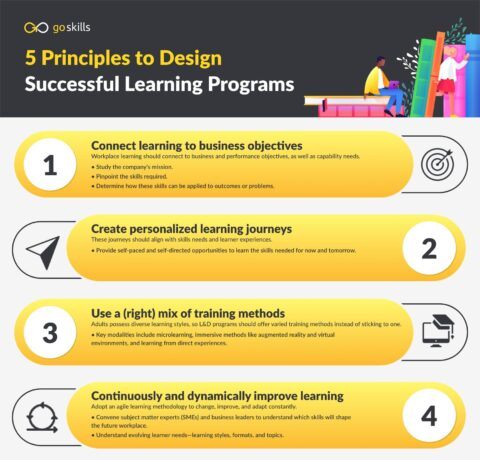The Pomodoro Technique Infographic
Do you find that your productivity fluctuates from one day to the next? Some days, you fly through your tasks in no time. But other days just drag and, no matter how many hours you put in, you just can't seem to get things done. This infographic explores the Pomodoro Technique ®, a simple method that improves your productivity and protects your health by encouraging you to schedule regular short breaks into your day.
The Pomodoro Technique was developed by Francesco Cirillo in the 1980s. His best-selling book of the same name was updated and revised in 2013. "Pomodoro" is Italian for tomato. The technique works by getting you to structure your work in 25-minute sessions, each separated by a short break. Cirillo took the name from the tomato-shaped kitchen timer that he used to manage his time as a university student.
The method is remarkably simple. Each 25-minute session is one "pomodoro." When you complete one, take a five-minute break before embarking on the next. When you have completed four "pomodori," take a longer break to rest and recharge. At first, it might seem counter-intuitive to take so many breaks throughout the day. But research shows that this can actually enhance your focus when you return to the task you're working on.
Follow the steps below to start using the Pomodoro Technique.
Step 1: Check Your Schedule
Your first step is to check your schedule. Look at your To-Do List or Action Program, and think about what you need to do today.
Estimate how long each task should take you, in terms of the number of pomodori (25-minute sessions) you will need to complete it. Now, timetable your tasks so that they fit comfortably with your other commitments for the day.
Also schedule in time for your breaks: five minutes for each session completed, plus a longer 20- to 30-minute break at a natural stopping point (for example after you've completed a particular task, or after four pomodori).
Step 2: Set Your Timer
Before you start, make sure that you have everything you need to begin on your tasks, as well as a notepad and pen (more about this later). Set your timer for the work period you've settled on. For this example, we'll stick with Cirillo's 25 minutes.
You can use whatever sort of timer you like. A traditional kitchen timer is ideal if you work from home, but, if you work in an office, try to be considerate of your colleagues, who would probably find the noise disturbing.
All sorts of online timers are available. You can even get a Pomodoro timer for youriPhone® or Android™ device.
As you set your timer, make a commitment to work only on the task at hand. Remember, you have a limited time in which to focus your attention on it. Then, in your rest break, you can return phone calls or chat with colleagues.
With this in mind, do what you can to minimize interruptions before you begin. Shut your office door, turn off your phone and email/chat alerts, and let your colleagues know that you don't want to be disturbed.
Step 3: Work on Your Task, and Only That Task
Devote all of your attention to the task at hand for the duration of the session.
Don't allow yourself to become distracted if ideas or thoughts about other tasks pop into your head. Write these down on your notepad and then set them aside for later. If necessary, you can adjust your schedule to work on them in the next session but, for now, stick with what you should be doing.
If you complete your work before your time is up, use the remaining time for routine activities, or for other short tasks. It's a good idea to make a note of how many pomodori each scheduled task takes you, so that you can use this for future planning – or to compare productivity levels as time goes on.
Step 4: Take a Short Break
When your timer goes off, take a five-minute break. You should do this even if you're"in flow," because these breaks are your time to rest and "recharge your batteries."
You may worry that interrupting your work for a break loses time, but regular breaks will restore your energy and improve your productivity to levels that more than make up for any lost time. Cirillo argues that energy levels are far more important than time. The Pomodoro approach works by maintaining your energy, so that you don't need to waste time working on tasks when your concentration levels are low.
For maximum benefit, use your breaks to get away from your desk. Move around, take a walk, and get some exercise. Even if you just make a cup of coffee, fetch a glass of water, or collect documents from the printer in the next room, the activity is sufficient to avoid the ill-health issues that arise when your large muscles are inactive.
While you take your break, avoid thinking about what you've been working on so far. This is your brain's chance to absorb what you have learned, so don't do anything that requires too much thought!
Also, resist the urge to use your breaks to catch up on social media, email or surf the Web. According to The Vision Council, 70 percent of U.S. adults strain their eyes by looking at electronic displays for too long.
Use the time to do something else instead. Tidy your desk, meditate, shred some old documents, or chat with another team member. If you work from home, you could even put on the laundry.
Step 5: Continue Your Work Sessions and Take a Longer Break
When your break is over, reset your timer for the next session and continue your work. When you've completed four pomodori, take a 20- to 30-minute break. Use it to go for a walk, eat a healthy snack, have lunch, read a book… anything, so long as it takes you away from your desk for a while and clears your mind of what you were doing before.
Remember, the important thing here is to replenish your energy levels. Just because the guidelines say to work until the end of the session, or to complete four pomodori before taking a longer break, don't feel that these rules are set in stone.
It is important to listen to your body. If your mind starts to wander or you start to feel tired, don't push through to the end of the session. Remember, your body rhythms naturally follow 90- to 120-minute cycles, and it's hard to know what stage of your ultradian rhythm you were at when you began your task.
You might want to experiment with this. It may be that three pomodori followed by a 20-minute break suits you best, or that five sessions followed by a 30-minute break is better.







You can adjust your cookie preferences here.